Findings on seizure susceptibility open new avenues to understanding epilepsy in rapid progressive dementia
 IBEC researchers have revealed the role played by the cellular prion protein (PrPC) – which is associated with a plethora of biological functions including cell proliferation, differentiation and signaling – in epilepsy.
IBEC researchers have revealed the role played by the cellular prion protein (PrPC) – which is associated with a plethora of biological functions including cell proliferation, differentiation and signaling – in epilepsy.
In the latest edition of Scientific Reports, a Nature group journal, the Molecular and Cellular Neurobiotechnology group and their collaborators outline findings that could lead to a better understanding of rapid neurodegenerative diseases that involve epileptic fits, such as Creutzfeldt-Jacob disease (CJD).


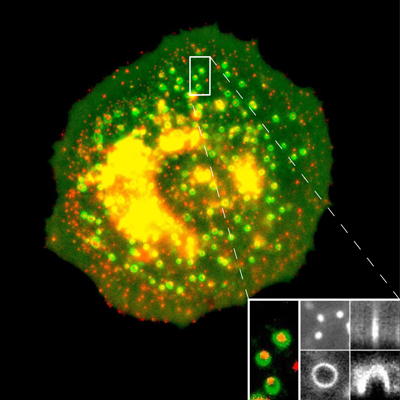
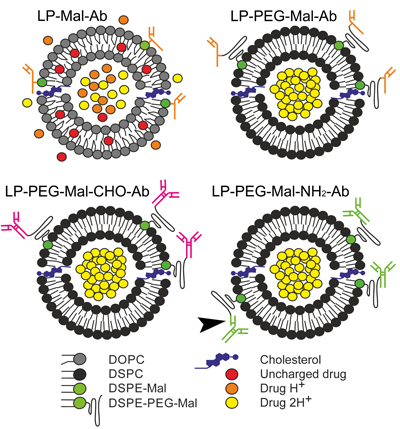
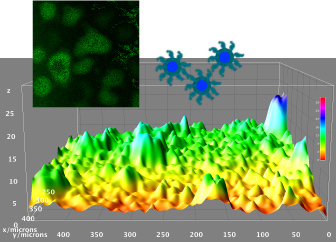
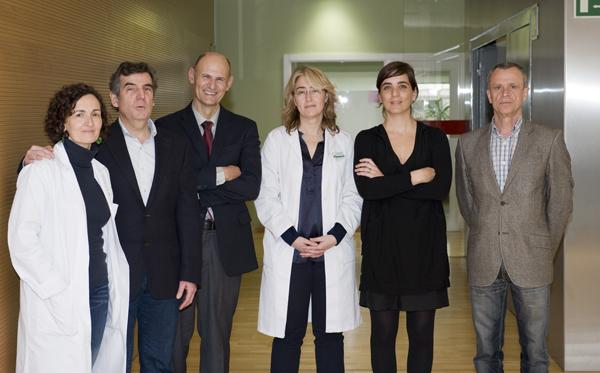
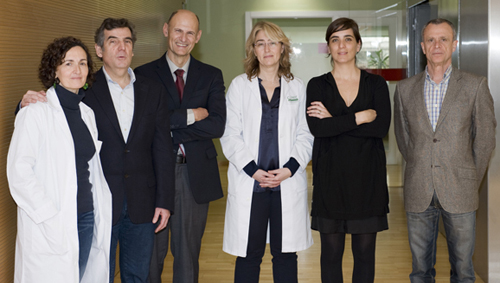 Researchers at the Hospital Clínic, IDIBAPS, the Hospital Sant Joan de Deu and the Institute for Bioengineering of Catalonia (IBEC) have participated in a study, led by Dr. Juan Carlos Izpisúa Belmonte of the Gene Expression Laboratory at California’s Salk Institute, that uses molecular “scissors” to remove mitochondrial mutations in mouse eggs.
Researchers at the Hospital Clínic, IDIBAPS, the Hospital Sant Joan de Deu and the Institute for Bioengineering of Catalonia (IBEC) have participated in a study, led by Dr. Juan Carlos Izpisúa Belmonte of the Gene Expression Laboratory at California’s Salk Institute, that uses molecular “scissors” to remove mitochondrial mutations in mouse eggs. 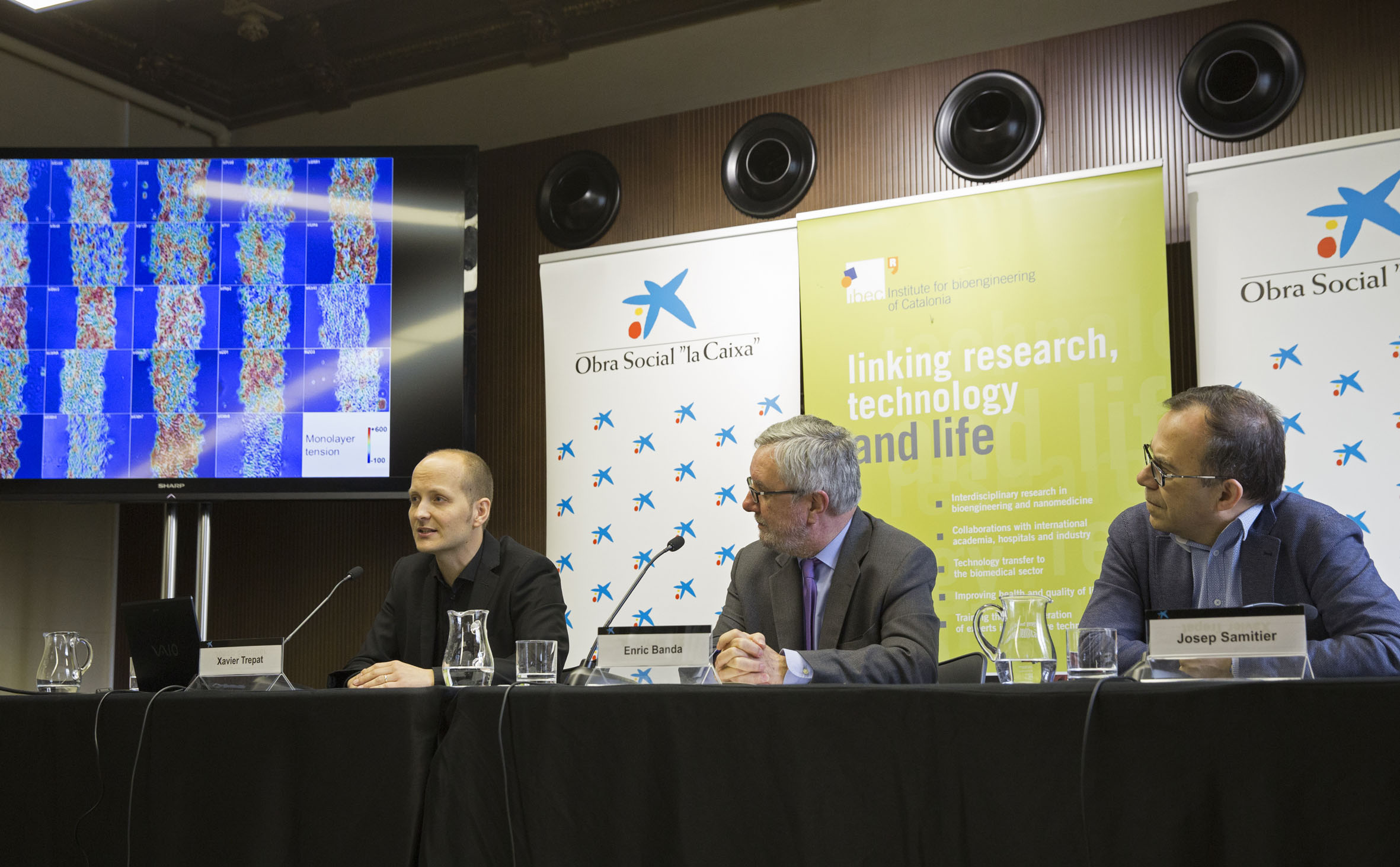
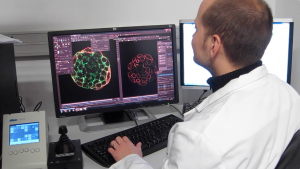 Pioneering international study supported by the Obra Social “la Caixa” opens new possibilities to control metastasis
Pioneering international study supported by the Obra Social “la Caixa” opens new possibilities to control metastasis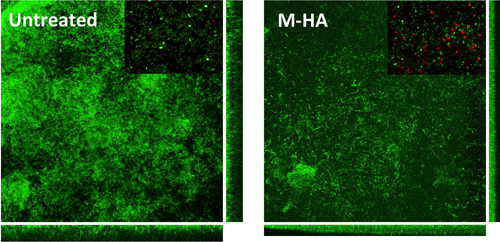
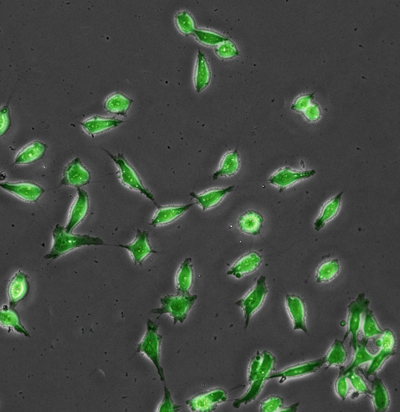
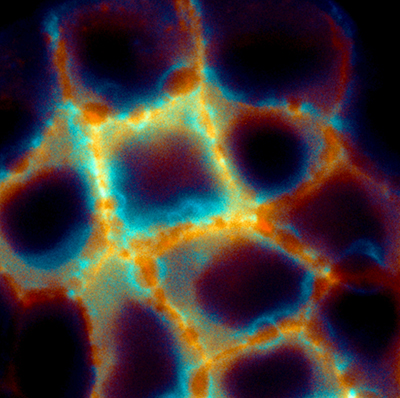
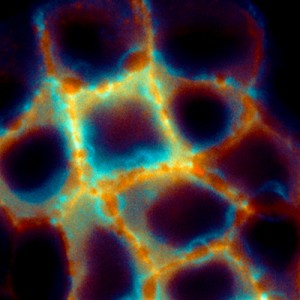 In an article published in the journal Nature Materials, researchers at the IBEC and the UPC describe their discovery that ‘fracking’takes place in the body at a cellular level.
In an article published in the journal Nature Materials, researchers at the IBEC and the UPC describe their discovery that ‘fracking’takes place in the body at a cellular level.